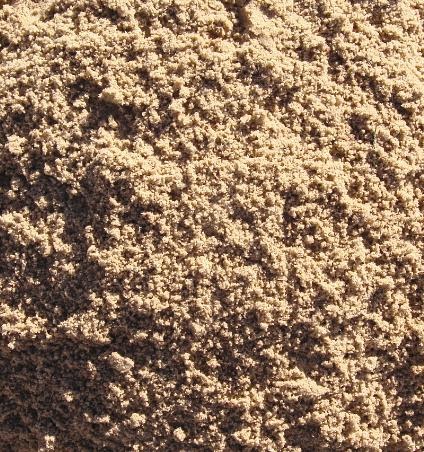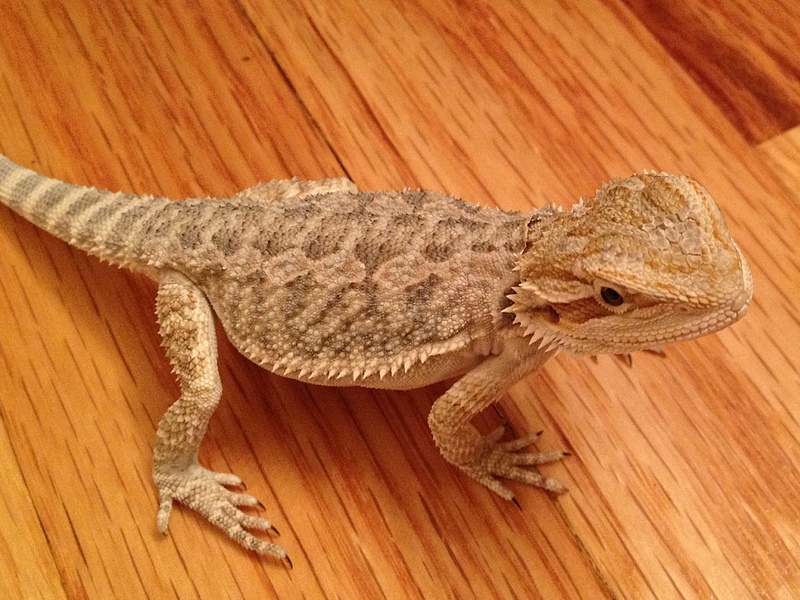Choosing the Best Substrate Sand for Your Bearded Dragon: A Guide for Beginners
Introduction
Bearded dragons are one of the most popular pet reptiles in the world, and for good reason. These docile creatures make great pets, as they are curious, easy to handle, and have a long lifespan. But keeping a bearded dragon happy and healthy requires a little bit of work, and one of the most important aspects of their care is choosing the right substrate sand.
What is Substrate Sand?
Substrate sand is the material that lines the bottom of your bearded dragon’s enclosure. It helps to create a more natural environment for your pet, as well as providing a place for them to dig and burrow.
Why is Choosing the Right Substrate Sand Important?
Choosing the right substrate sand is crucial for your bearded dragon’s health and well-being. The wrong type of sand can cause a number of problems, including respiratory issues, digestive problems, and impaction. Impaction occurs when the sand is ingested and becomes stuck in the digestive tract, which can lead to serious health problems or even death.
Types of Substrate Sand for Bearded Dragons
When it comes to choosing the right substrate sand for your bearded dragon, there are a few different options to consider. Below are the most common types of substrate sand for bearded dragons, along with their pros and cons:
Calci-Sand
Calci-sand is a type of sand that is made from crushed calcium carbonate. It is designed to provide bearded dragons with extra calcium for healthy bones, and also helps to regulate their digestive system. However, calci-sand can be quite dusty, and can cause respiratory issues if inhaled. It can also be ingested and cause impaction, so it is important to monitor your bearded dragon closely if you choose this type of substrate sand.

Play Sand
Play sand is a type of sand that is commonly used for children’s sandboxes. It is usually made from silica, and is fairly inexpensive to purchase. However, play sand can be quite coarse, and can cause irritation to your bearded dragon’s skin. It can also be ingested and cause impaction, so it is important to monitor your bearded dragon closely if you choose this type of substrate sand.

ReptiSand
ReptiSand is a type of sand that is specifically designed for reptiles. It is made from natural quartz desert sand, and is designed to mimic the natural environment of bearded dragons. ReptiSand is generally considered to be safe for bearded dragons to use, and is less likely to cause health issues than other types of substrate sand. However, as with any type of substrate sand, it is important to monitor your bearded dragon closely to ensure that they are not ingesting it and causing impaction.

Other Substrate Options
In addition to the types of substrate sand listed above, there are a few other substrate options that you may want to consider:
Tiles
Tiles can be a great substrate option for bearded dragons. They are easy to clean, don’t produce dust, and can also help to maintain proper humidity levels in the enclosure. However, tiles can be quite hard and uncomfortable for your bearded dragon to walk and lay on, so it is important to provide plenty of soft hiding spots and basking areas.

Paper Towels
Paper towels can also be used as a substrate option for bearded dragons. They are easy to clean, don’t produce dust, and can be changed out frequently to maintain a clean enclosure. However, they don’t provide any opportunities for digging or burrowing, which is a natural behavior for bearded dragons.

Choosing the Best Substrate Sand for Your Bearded Dragon
Ultimately, the best substrate sand for your bearded dragon will depend on their individual needs and preferences. However, there are a few things to keep in mind when making your decision:
- Avoid fine particle sands, as they can be ingested and cause impaction.
- Avoid brightly colored sands or sands with added fragrances, as they can be harmful if ingested.
- Choose a substrate that is easy to spot clean and replace if necessary.
- Monitor your bearded dragon closely to ensure that they are not ingesting the substrate sand.
Conclusion
Choosing the right substrate sand for your bearded dragon is an important part of their care. By selecting the right type of substrate sand and monitoring your bearded dragon closely, you can help ensure that they stay happy and healthy for years to come.
